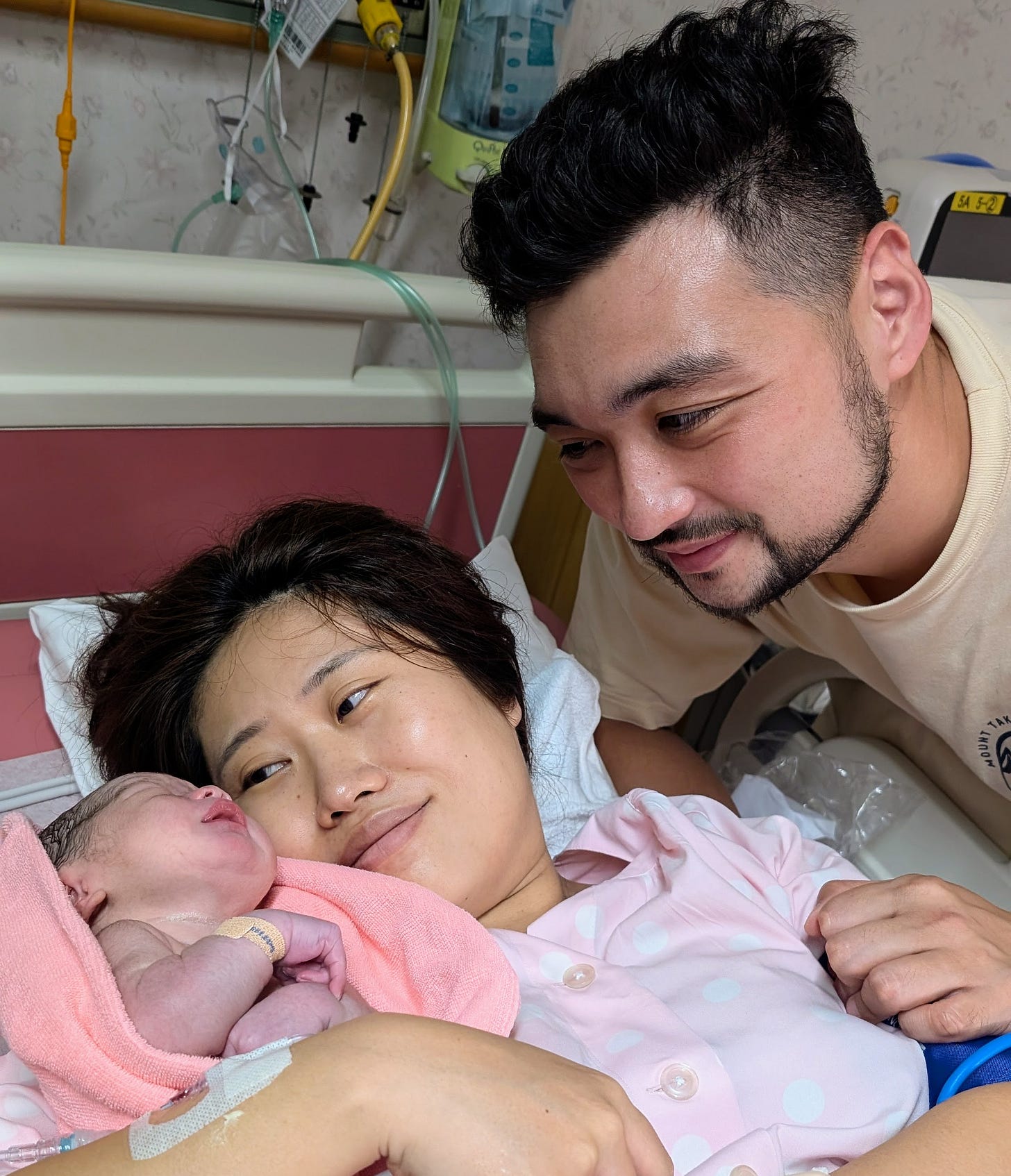My wife just gave birth.
No, it wasn’t Scandinavian level free and perfect (a biased half Swede here). Yes, Tokyo hospitals love clipboards and rules, and public hospitals do look like they’ll fall apart at any moment.
But on cost, it was fine. Shockingly fine, especially compared to our favorite country to roast, the United States. And yet the US still …
Keep reading with a 7-day free trial
Subscribe to KonichiValue Japan to keep reading this post and get 7 days of free access to the full post archives.



